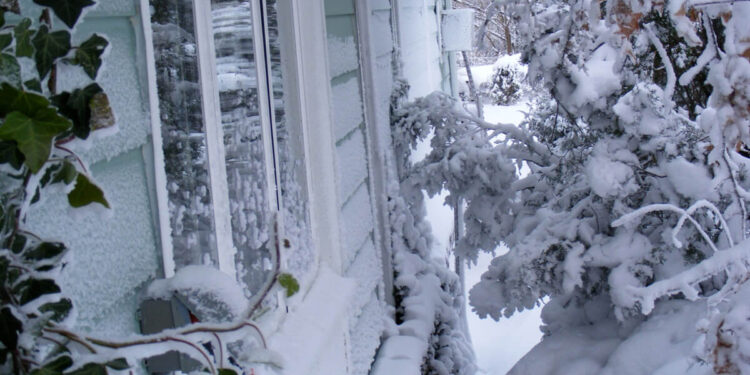Here’s how to stay warm this winter and save on heating and repair costs.
Your home’s exterior:
– Clean the gutters, so ice dams don’t form and cause damage.
– Replace cracked caulk around roof vents and around the chimney.
– Install a chimney cap to keep critters and objects from dropping in. A cap will also keep rainwater from dripping down into the fireplace.
– Put door sweeps on those that don’t connect with the threshold. Use caulk around windows and doors as needed, or masonry sealer on brick.
– Rake away debris and weeds from the foundation and seal any cracks. Install a plastic cover on the crawl space access door and seal some of the vents.
– In the garage: Clear enough space to put your car inside on very cold nights. Check your snowblower and generator to be sure that they run. Buy a new snow shovel if you need one and have a bag of ice-melt on hand.
In the crawl space:
– Wrap exposed pipes with pre-molded foam rubber sleeves or fiberglass insulation. If frozen pipes are a significant problem for you, wrap the pipes with heating tape. Be sure it is activated in cold weather.
– Check heat ducts for air leaks, whether they are in the crawl space, attic or basement, so all the heat goes through the vents. Fix any breaks or gaps with metal-backed tape.
In the attic:
– If you can see the ceiling joists, add insulation. Don’t use paper-backed — it can cause moisture problems, according to the experts at MSN Real Estate.
In the house:
– Get the furnace checked and the central air conditioning unit winterized at the same time.
– Be sure the fireplace damper isn’t open unless you make a fire. Wood stoves should have glass doors that are closed when the stove is not in use.
– Install socket sealers over unused electrical outlets on outside walls and reverse ceiling fans, so they push warm air forward and force it to circulate.


